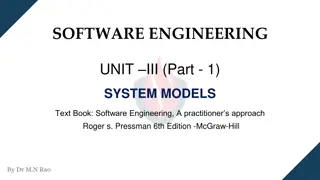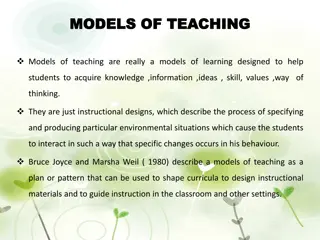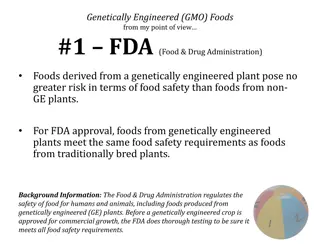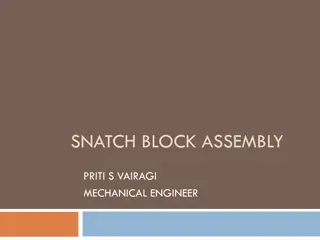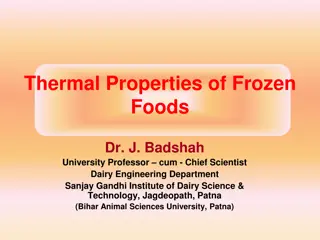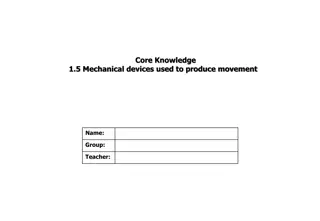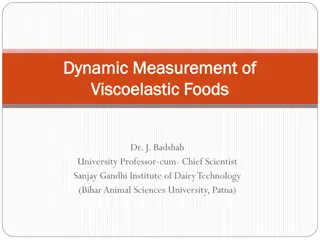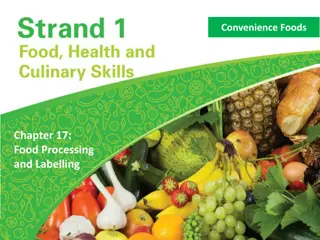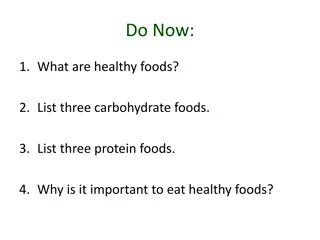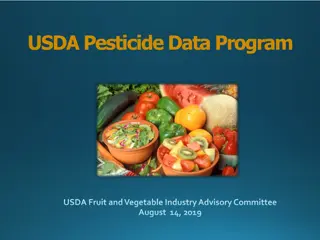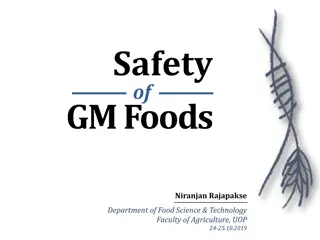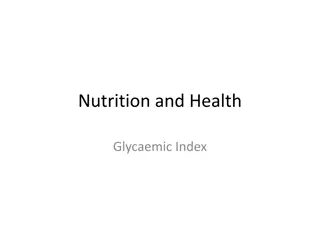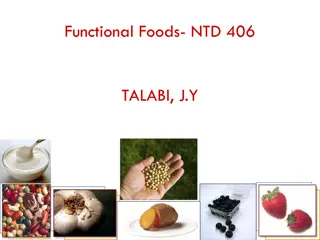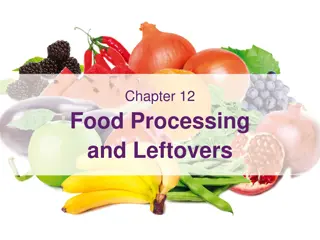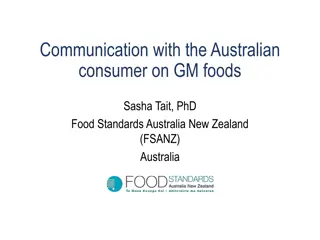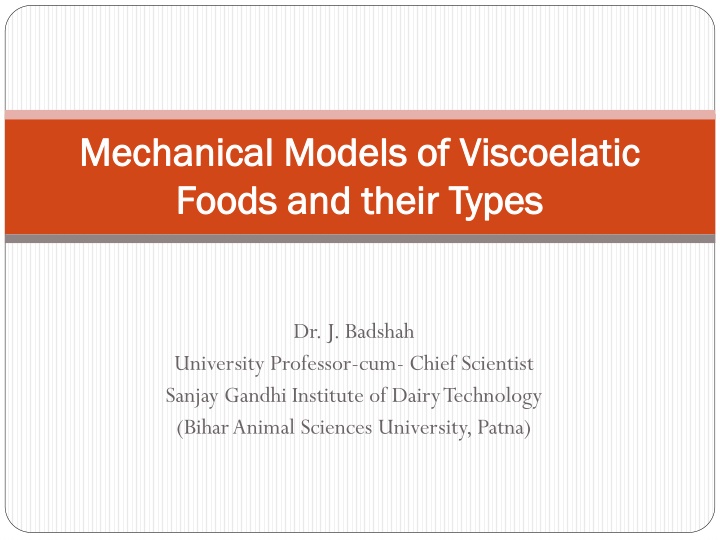
Viscoelastic Properties in Foods and Mechanical Models
Discover the fascinating world of viscoelasticity and its application in food science. Learn about the properties of viscoelastic materials, different types, and their implications on food products. Explore mechanical models used to study viscoelastic behavior in foods.
Download Presentation

Please find below an Image/Link to download the presentation.
The content on the website is provided AS IS for your information and personal use only. It may not be sold, licensed, or shared on other websites without obtaining consent from the author. If you encounter any issues during the download, it is possible that the publisher has removed the file from their server.
You are allowed to download the files provided on this website for personal or commercial use, subject to the condition that they are used lawfully. All files are the property of their respective owners.
The content on the website is provided AS IS for your information and personal use only. It may not be sold, licensed, or shared on other websites without obtaining consent from the author.
E N D
Presentation Transcript
Mechanical Models of Viscoelatic Mechanical Models of Viscoelatic Foods and their Types Foods and their Types Dr. J. Badshah University Professor-cum- Chief Scientist Sanjay Gandhi Institute of Dairy Technology (Bihar Animal Sciences University, Patna)
Viscoelasticity Viscoelasticity Property that exhibits both viscous and Elastic Properties when undergoing deformation. The relationship between stress and strain depends on time. Phenomena in Viscoelastic materials are: Relaxation behaviour: If the strain is held constant, the stress decreases with time Creep behaviour : If the stress is held constant, the strain increases with time Hysterisis: If cyclic loading is applied, hysterisis occurs, leading to a dissipation of mechanical energy
Viscoelasticity Viscoelasticity The effective stiffness depends upon the rate of application of the load Synthetic polymers, wood and human tissues as well as metal at high temperature display significant viscoelasticity effects. Types of viscoelasticity: Linear viscoelasticity is when the function is separable in both creep response and load. Non Linear viscoelasticity is when the function is not separable. It usually happens when deformation is large Anelastic Materials is when the material will fully recover to its original state on the removal of load (Special Case)
Viscoelastic Viscoelastic Foods and Elastic to Viscous Foods and Elastic to Viscous properties properties Most solid foods including Cheese, paneer, aged SCM, aged and cooled Ice Cream and indigenous dairy Products ( Khoa and Chhana based sweets etc.), Fermented dairy Products etc.are viscoelatic in nature. The ratio of elastic to viscous properties depend on time scale of deformation. At short time scale its behaviour is elastic but at long time scales, its behaviour is mainly viscous i.e. The deformation remained even after the stress is removed.
Mechanical Models of Mechanical Models of Viscoelastic Viscoelastic Foods Foods Components of Mechanical Models for the three properties i.e. elasticity ( The model is helical spring . It has load and deflection related as del x = F /E For Viscosity property, the model is Dash pot For plasticity, the Model is St. Venant Body The Models are: Maxwell Model Kelvin Model Burger |Model
THANKS THANKS


